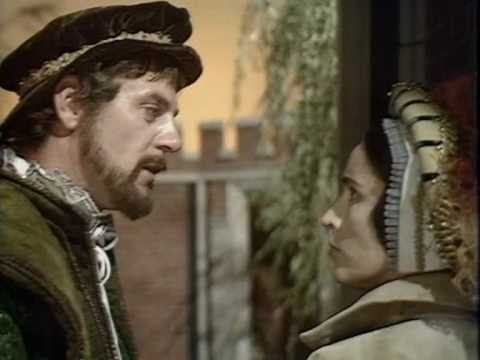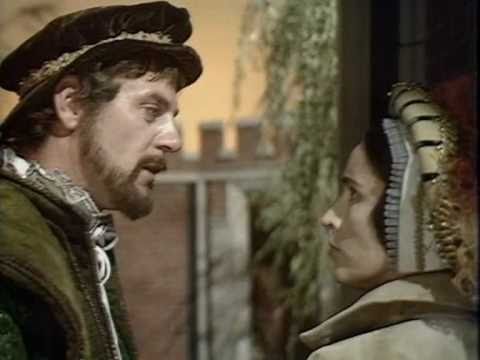
“This day died a man of much wit – and very little judgment.”
These are said to be Elizabeth’s words upon hearing of the death of Thomas Seymour – though the first reference to them is in the work of a seventeenth-century historian so they might fall into the category of “I wish I’d said that”…
One of the commentators on Wikipedia’s Talk Page about Thomas Seymour summed up his character perfectly: he was a “loud, boisterous, fun fellow, whom people, especially women, liked very much, who rushed into crazy schemes, full-steam-ahead, without ever thinking things through very well.” Indeed, that’s what got him killed. I published an article today about Edward VI on the English Historical Fiction Authors blog (these two articles are meant as companion pieces, hope you enjoy); that piece is centered around Edward and so focuses on the details of the treasonable charges – how Seymour tried to break into the King’s apartments in the middle of the night to kidnap him. This article is more concerned with the other part of his hare-brained scheme, his plot to marry the Lady Elizabeth.
Thomas Seymour’s dealings with Elizabeth were a foundational influence in her life. Right after Henry VIII’s death, Seymour applied to the Council for permission to wed either her or Mary. When the Council refused, he married Katherine Parr. Elizabeth came to live with them, and Seymour began to be far more familiar than propriety and their positions warranted. He would come into her bedroom early in the morning, in bare feet and clad only in his nightclothes, to wake her up. At first, Katherine dismissed the behavior as innocent fun, and even joined in some of the early morning tickling sessions. But then she is said to have come upon her husband on his knees before the young princess. At that point Katherine sent Elizabeth away.
When Thomas Seymour was arrested for treason, Elizabeth came under suspicion as well. The Regency Council arrested her servants, Kat Ashley and Tom Parry, and brought them to the Tower to question them. Ashley and Parry quickly confesssed, sharing the details of the early morning romps, admitting that the topic of marriage between Seymour and Elizabeth had been discussed, and just generally implicating her. I remember watching Masterpiece Theater’s Elizabeth R when I was younger, and appreciating their brilliant way of explaining the charges against Elizabeth – and why she was innocent of treason: they had William Cecil come to Elizabeth to privately instruct her (and the viewers!) in the law.
“The Parry confession is treason only if you used the man as your messenger to the Admiral, and only then if the object of your message was to arrange your marriage. The Ashley confession is treason if you admit that from the beginning, even during the life of the late Queen, it was your plan to marry the Admiral or he to marry you. Both confessions are treason if it was your intention to take any action against or without the permission of the Council. Hold to that.”
Indeed, this was the line that Elizabeth walked, and it saved her. From here on in, she was circumspect and careful in all her actions (at least until she acceded to the throne). This experience, while almost getting her killed, also kept her safe during Mary’s reign by teaching her how potentially deadly her position was. In other words, some good came out of Thomas Seymour’s temporary insanity.
* * *
If you like my posts, you’ll love my books! My Seymour Saga trilogy tells the gripping story of the short-lived dynasty that shaped the Tudor Era. Jane the Quene skews romantic, The Path to Somerset is pure Game of Thrones (without the dragons), and The Boy King is a noir coming-of-age. Get them now through Amazon, Barnes & Noble, Kobo, and Apple, or even your local independent bookstore!

(PS Already read them? Did you love them? Then please review them – even just a stars rating! It makes a huge difference in helping new readers find them and would mean the world to me!)

It was rather a disappointment to me when I first discovered the inaccuracy of Young Bess, which I’d loved as a child(and let’s face it, Stewart Granger made a truly HOT Thomas Seymour!) . But yes, you can see how popular he would have been and why, perhaps, a fourteen year old girl might have had a crush on him. It was child abuse! Whatever his reasons, that’s what it was.
Elizabeth R(with Glenda Jackson in the lead, a wonderful Elizabeth)as I recall, begins with that attempted raid on Edward VI’s chamber(the little dog in that scene was an anachronistic Jack Russell terrier, I don’t think that breed was around then). It certainly didn’t show any sentimentality about Tom Seymour.
Thank you for this post. Nothing much I didn’t know, but always interesting to read another account, and I didn’t know it happened at this time of year.
Elizabeth R and The Six Wives of Henry VIII were the series that got me hooked on the Tudors – they did a phenomenal job. Though I hadn’t realized that the Jack Russell terrier was anachronistic!
I guess he really wasn’t “in love” with Kate like everyone depicts in their books. Any man who claims to love a woman before she becomes queen but automatically turns to her stepdaughters when she becomes widowed is in love in name only.